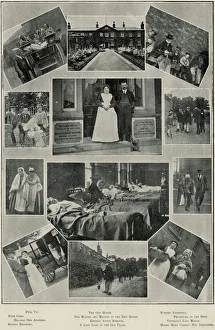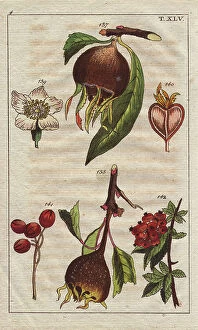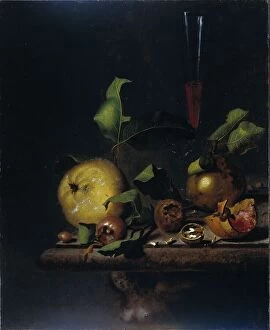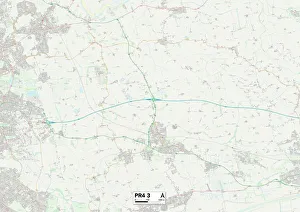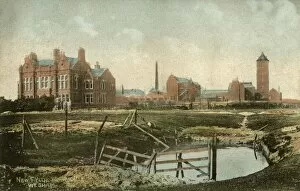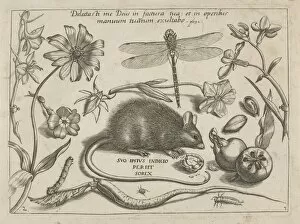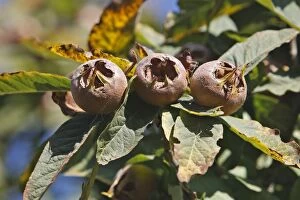Medlar Collection
The medlar, scientifically known as Mespilus germanica, is a fascinating fruit with a rich history
All Professionally Made to Order for Quick Shipping
The medlar, scientifically known as Mespilus germanica, is a fascinating fruit with a rich history. This unique fruit has been enjoyed for centuries and holds cultural significance in various parts of the world. In the 17th century during the Edo period, artist Kano Tan'yu beautifully depicted a branch of medlars, showcasing their delicate beauty. The fruits are small and round, resembling both apples and berries. Interestingly, the transfer of inmates to the new Fylde Union Workhouse was also associated with medlars. Perhaps this fruit played a role in providing sustenance or comfort to those who resided there, and are often found alongside other delectable treats like loquats, almonds, and roses on plates that showcase nature's bounty. These combinations create an enticing visual feast that tempts our taste buds. Furthermore, another tree called Mahuwa (Madhuca longifolia) shares similarities with medlars. It may be intriguing to explore how these two trees connect through their botanical characteristics or cultural significance. One cannot ignore the mention of giant loquats from Van Demans Report; it leaves us curious about their size and flavor compared to regular-sized ones we commonly encounter today. Fig trees have also been linked with medlars throughout history along with quinces - perhaps they share similar growing conditions or complement each other when used in culinary creations? Curtis British Entomology Plate 759 showcases insects associated with these fruits which adds another layer of intrigue to their story. Understanding the relationship between insects and plants can provide valuable insights into ecosystems and pollination processes. German kinds of fruits are beautifully illustrated in colored engravings highlighting different varieties including our beloved medlar. Exploring these diverse types could lead us on an exciting journey discovering unique flavors and textures within this species. Lastly, let's not forget Westerveld's depiction of Mespilus germanica, showcasing a single fruit with leaves.

